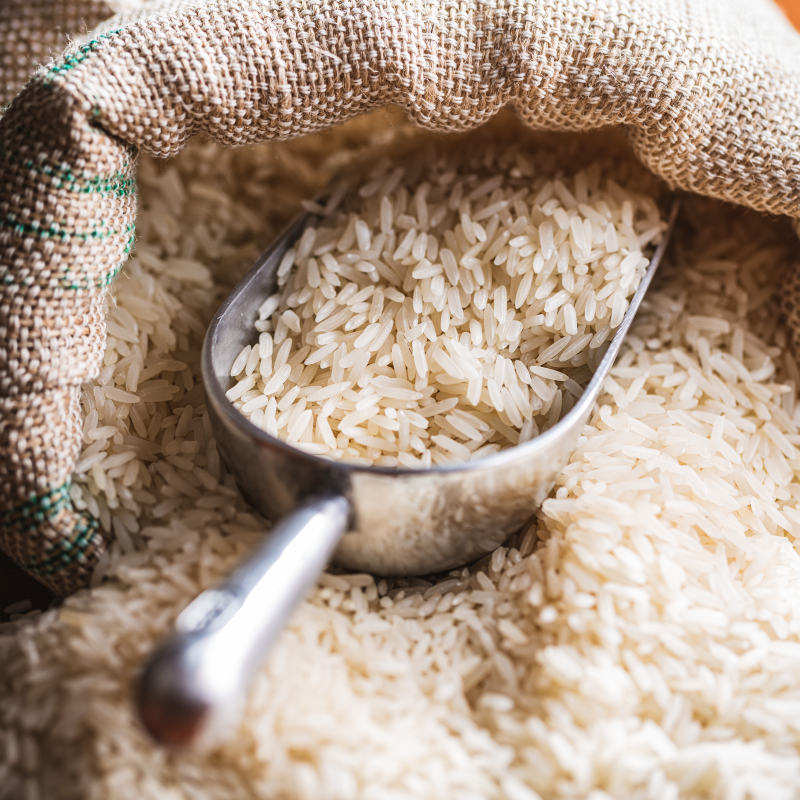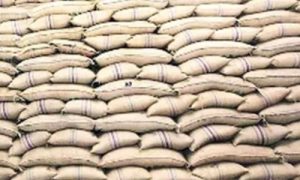Global rice supplies tighten after India’s July export ban

Rice prices in key exporting countries including Thailand and Vietnam have climbed around 20% since India, the world’s biggest shipper of the grain, banned shipments of a key variety in July, tightening global supplies.
Traders expect similar supply curbs by other exporters needing to ensure domestic food security, which has left importers scrambling to secure shipments.
Last year, India banned exports of broken rice and imposed duty on shipments of various grades, ending the price stability that had lasted for more than a decade.
Following are key events since late July that led to tighter supplies.
* July 20 – India halts exports of its largest rice category, a move that would roughly halve shipments by the world’s biggest exporter, triggering fears of further inflation in global food prices.
* July 21 – Vietnam, the world’s third largest rice exporter, calls on the country’s food association to ensure domestic rice supplies are sufficent a day after India announced its ban.
* July 21 – India’s ban on non-basmati white rice exports results in the cancellation of contracts to supply around 2 million metric tons to the world market.
* July 27 – Prices of rice exported from Vietnam and Thailand soar to their highest in more than a decade as India’s export curbs spark worries about supply.
* July 28 – India restricts exports of deoiled rice bran, used in the cattle feed industry, until Nov. 30.
* July 28 – The United Arab Emirates bans rice exports and re-exports for four months, including rice of Indian origin.
* July 29 – Philippine President Ferdinand Marcos Jr. says the country must boost its rice stocks and that he may seek a supply deal with India, worried about the potential impact of El Nino dry weather on the local harvest and about other suppliers.
The Philippines is the world’s second-largest rice importer.
* Aug 1 – Rice exporters in Thailand and Vietnam, the second and third biggest exporters, start re-negotiating prices on sales contracts for around half a million metric tons for August shipment.
* Aug 4 – The United Nations food agency’s rice price index rises 2.8% in July from a month earlier to its highest level in nearly 12 years.
* Aug 7 – The Philippines says it may extend reduced import tariffs on rice and other commodities beyond 2023 to ease pressure on inflation.
* Aug 11 – Retail prices for imported and locally produced rice in the Philippines have risen by 4% to 14% in around two weeks, government data shows, as global and domestic farmgate prices soared, adding pressure on food inflation.
* Aug 16 – The Philippines’ Department of Agriculture recommends additional rice importation of about 500,000 metric tons to cover potential crop losses from the El Nino dry weather conditions.
* Aug 16 – Vietnamese exporters renegotiate higher prices for around half a million metric tons of rice.
* Aug 18 – Data shows that Indian farmers have planted 36.1 million hectares (89.2 million acres) with rice, up 4.3% on the same period last year, as ample monsoon rains in July and higher prices boost acreage.
* Aug 21 – Indonesia’s state food procurement firm Bulog says it is looking to import rice from Cambodia and Myanmar to top up government stocks, anticipating output disruptions due to the El Nino weather pattern.
* Aug 25 – Myanmar plans to temporarily restrict rice exports to control rising domestic prices.
* Aug 25 – India imposes a 20% duty on exports of parboiled rice, which accounts for 30% of the country’s rice exports.
* Aug 27 – India imposes a $1,200 per ton minimum export price on basmati rice shipments.
* Aug 29 – India’s export duty on parboiled rice prompts buyers and sellers to postpone shipments of around 500,000 metric tons to after mid-October.
* Aug 30 – India allows traders to ship out non-basmati white rice cargoes that were stuck at ports when India imposed its export ban.














